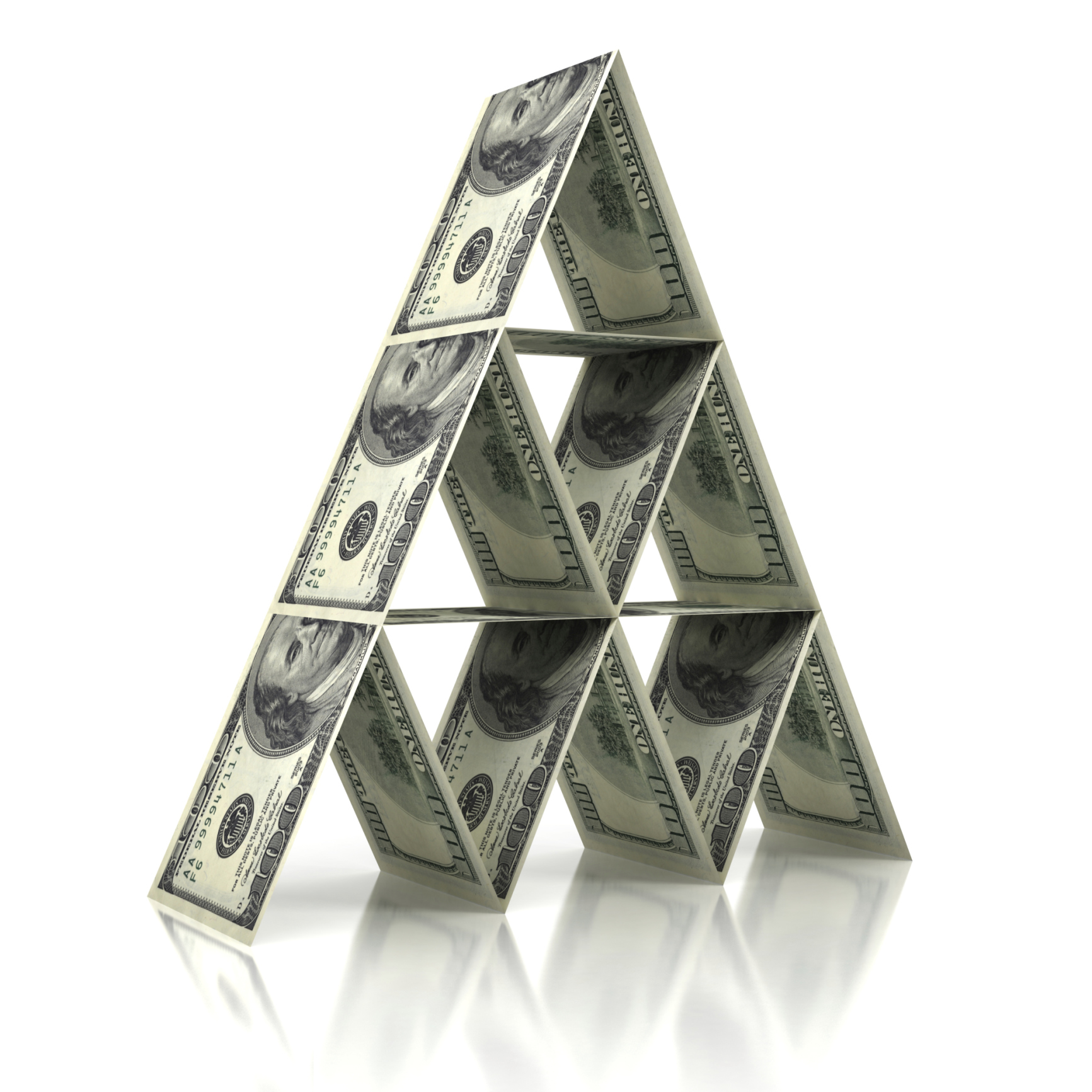Technology
Get Excited for a Preliminary Segmental Breakdown of Alphabet

Published:
Last Updated:

Until Monday, Google was simply a giant vacuum for money whose bag just got fuller and fuller every year. Segments didn’t officially exist in its filings, so nobody but company insiders knew exactly how much money was coming from where. Now as Alphabet Inc. (NASDAQ: GOOGL), everyday investors with access to nothing but public filings know a little bit more about how the company operates. Not all that much more since the official 10Q has not been filed yet, but information from Monday’s historic conference call does shed some important light about the main aspects of its business.
Alphabet’s Chief Financial Officer Ruth Porat began with a basic breakdown of the company into “Google” and “Other Bets.” The basic business model is to let Google Sites fly while keeping a separate experimental lab as a state-of-the-art playground for its various world-class mad tech scientists to fiddle around in and change the world. Alphabet admits on its homepage that some of its Other Bets are sometimes crazy ideas, but that such craziness is necessary in the tech world where it’s either innovate or abdicate.
The Google segment includes first and foremost search and ads, followed by commerce, maps, YouTube, Apps, cloud, Android, Chrome and Google Play. Hardware includes Chromecast, Chromebooks, Nexus and virtual reality.
Other Bets includes Google Fiber, Calico, Next, Verily, GV, Google Capital and X. Google Fiber is the company’s TV service business, wherein fiber optic cables are installed all the way from the central office to the premises of the subscriber. Calico is Alphabet’s biotech, with the stated goal of stopping the aging process. A renewed search for the Fountain of Youth, in other words, but this time funded by a company valued at over half a trillion dollars. That beats Ponce de Leon’s somewhat underfunded by comparison Fountain of Youth expedition to Florida in 1513.
Its Next is an experimental cloud platform. Verily is the experimental fusion of tech and health, as in the contact lens glucose sensor. GV is Alphabet’s high-risk venture capital firm, while Google Capital its lower risk one. And finally, X is its top secret lab of truly weird ideas, like global Internet access via stratospheric balloons, appropriately called Project Loon. Though perhaps such stratospheric projects are actually more down to earth than the search for immortality.
Other Bets only took in $448 million, with an operating loss of $3.1 billion. But what’s a few billion here and there for Alphabet, really, in the face of conquering death and realizing global Internet access via Project Loon?
Alphabet CEO Sundar Pichai further elaborated on YouTube’s breakdown. Perhaps most significantly, the time people spent watching YouTube in their living rooms more than doubled in 2015. YouTube is moving from most popular video sharing site on the Internet to challenging TV itself, which could prove a problem for Google Fiber in the long run, ironically. 2015 also saw it cross the $3 billion mark in payouts to the record industry.
Will we see more segment breakdowns in the upcoming Alphabet 10Q? Probably, though the company is still likely to keep the doors to X closed and as opaque as legally possible. They may also send out a pithy press release to shareholders when Calico puts an end to the aging process. Expect Alphabet shares to rise in that event.
Alphabet shares closed up 1.2% at $770.77 on Monday, ahead of the earnings. They were up more than 4% Tuesday morning, at $803.71, giving it a market cap above $552 billion. Apple’s market cap was around $530 billion at the time.
Thank you for reading! Have some feedback for us?
Contact the 24/7 Wall St. editorial team.